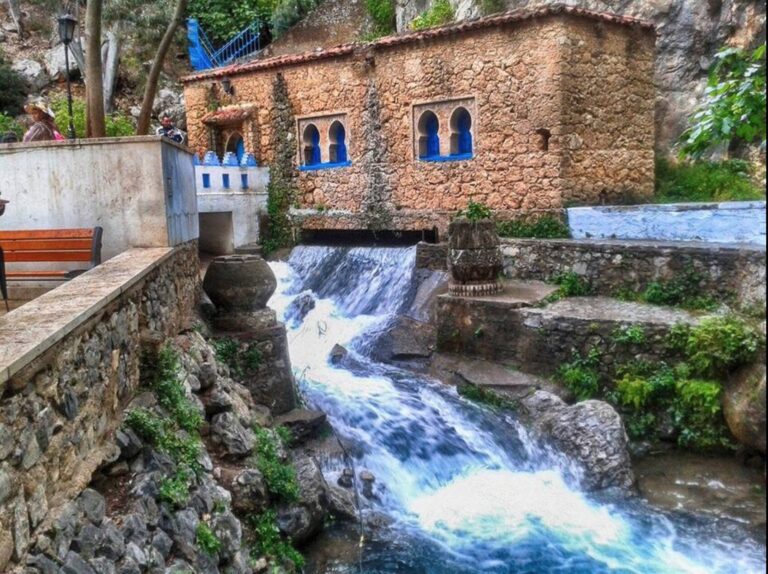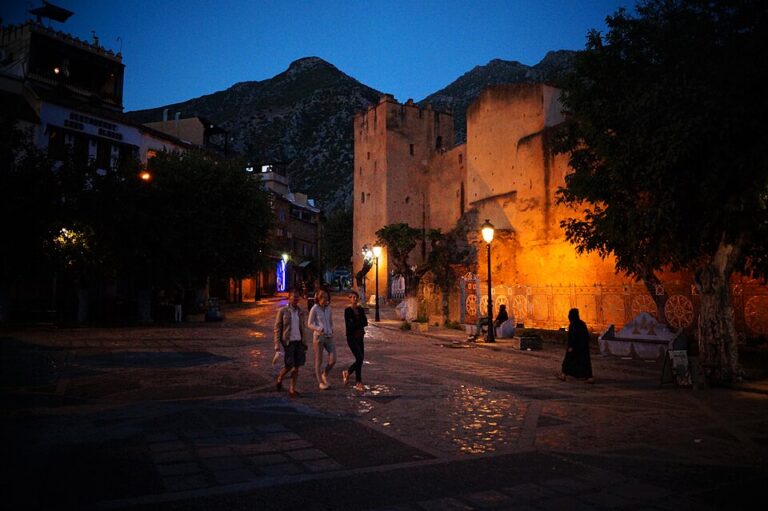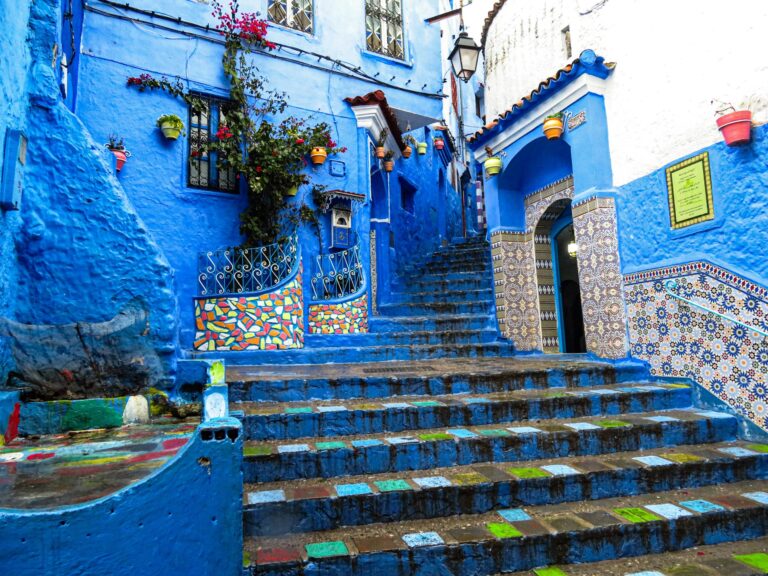
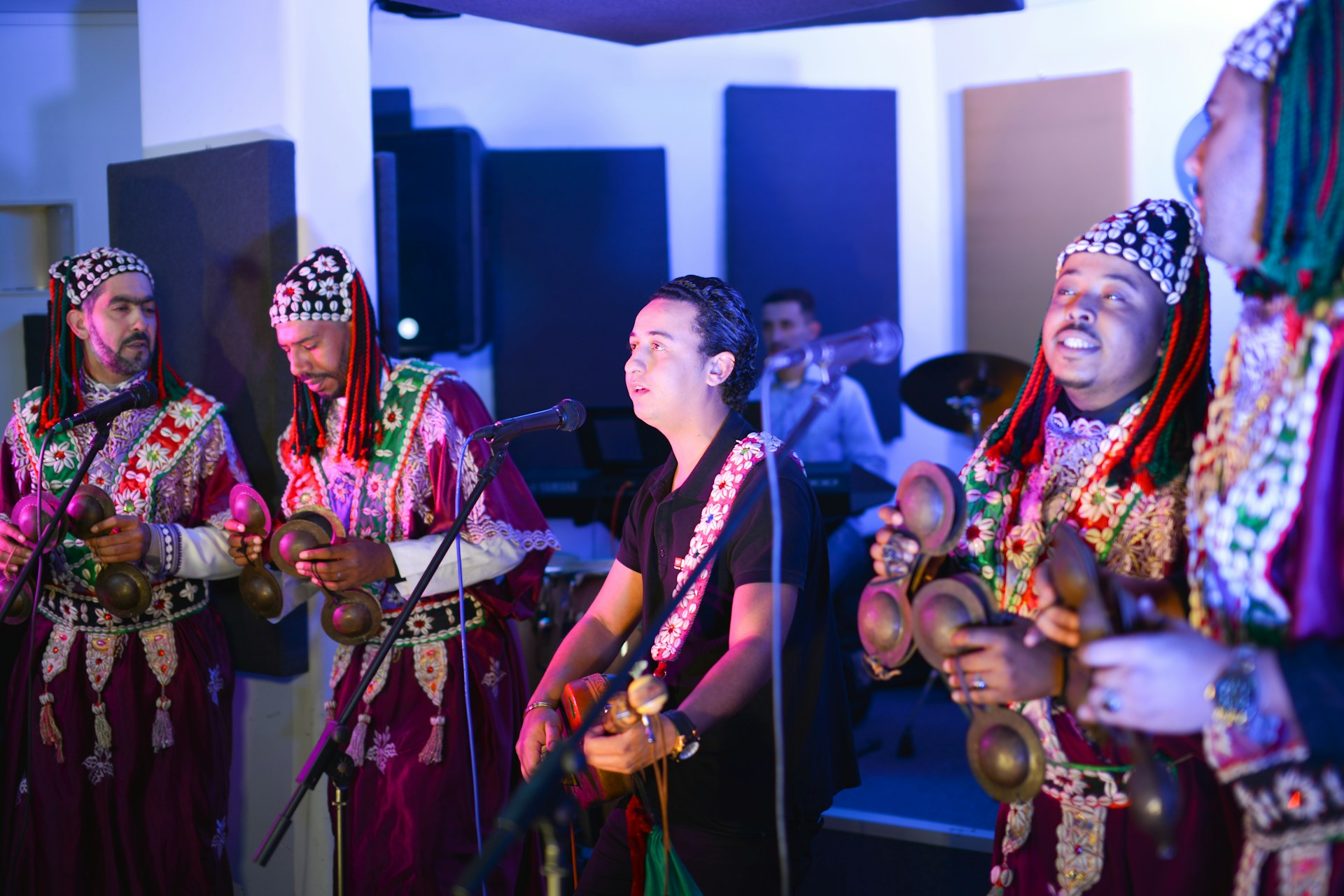
High in the rugged peaks of the Atlas Mountains and across the sweeping valleys of Morocco, a unique musical heartbeat echoes through the landscape. It’s the sound of Amazigh music: rhythms from the mountains, a cultural treasure that has shaped the identity and spirit of the indigenous Amazigh people for thousands of years.
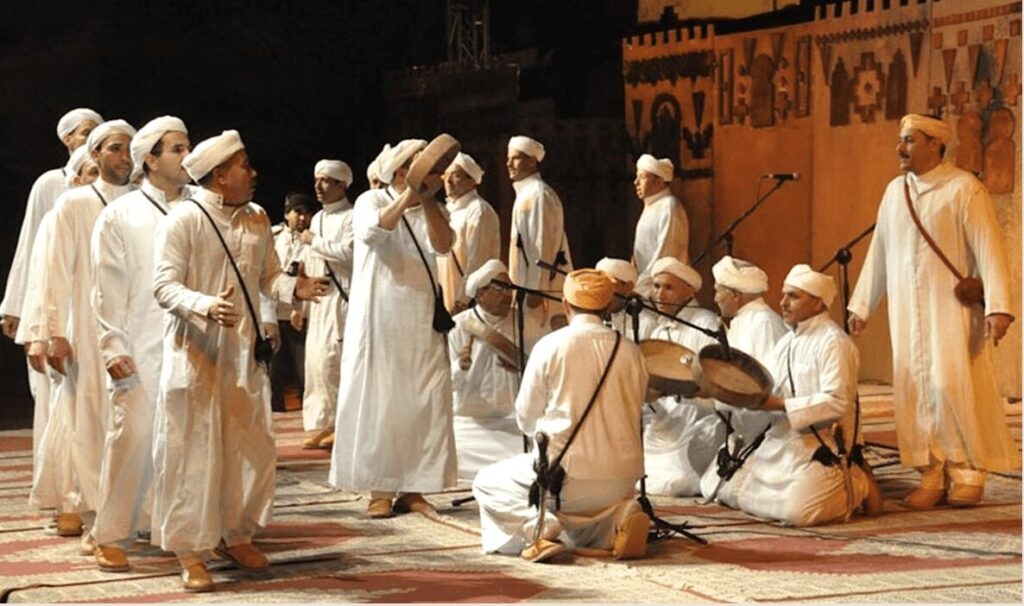
This blog post invites curious travelers, cultural explorers, and music lovers to journey into the heart of Amazigh culture. We’ll uncover the essence of the music, where to experience it, and why it deserves a place on your Morocco itinerary.
The Soul of the Atlas: What is Amazigh Music?
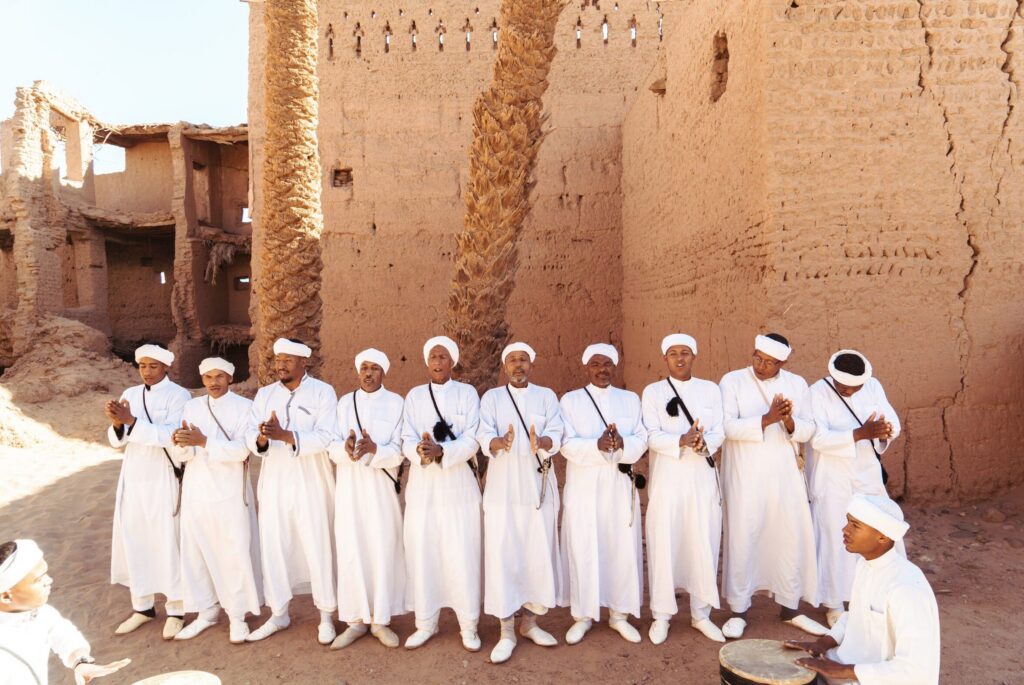
At its core, Amazigh music is storytelling through sound. Passed down through oral traditions and tribal gatherings, it weaves together history, emotion, and community pride. Traditionally performed in Tamazight, the Amazigh language, the music is often accompanied by rhythmic clapping, the use of bendirs (frame drums), and the distinctive melodies of the ribab (a one-stringed fiddle).
The Amazigh people—also known as Berbers—are the original inhabitants of North Africa, long before Arab influence. Their presence in Morocco dates back thousands of years, and their cultural legacy is as diverse as the landscapes they call home. Today, you can still hear Amazigh rhythms reverberating in the remote High Atlas Mountains, the Middle Atlas, and even the fringes of the Sahara Desert.
Each region has its own musical signature:
- Ahidous: A collective dance and song form from the Middle Atlas.
- Ahwash: A communal, ritualistic performance from the High Atlas.
- Rways: Poetic solo performances from the Souss region.
These traditions aren’t just entertainment—they’re vessels of cultural memory, resistance, and joy.
Learn more about the Amazigh people on Wikipedia.
Where to Hear It: Must-See Experiences for Amazigh Music
1. Imilchil’s Marriage Festival
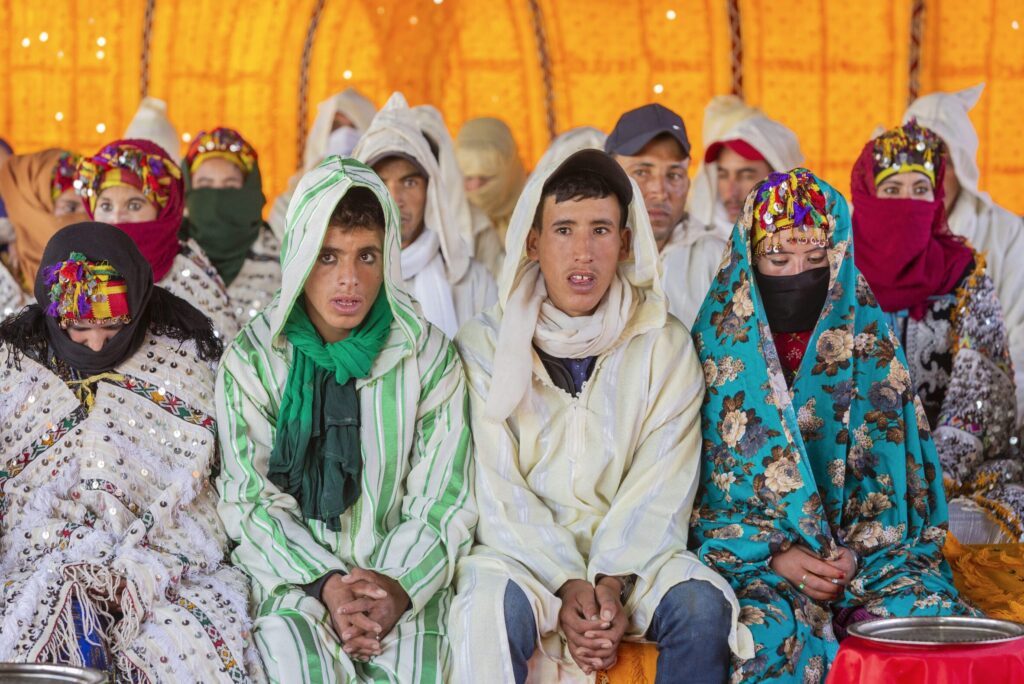
Tucked in the High Atlas, the remote village of Imilchil hosts one of Morocco’s most iconic festivals. The Imilchil Marriage Festival brings together Amazigh tribes in celebration of unity and love—and music plays a central role. You’ll hear Ahidous performances, accompanied by hypnotic drum rhythms and traditional attire.
More about Imilchil on Wikipedia.
2. Tafraoute and the Anti-Atlas Echoes
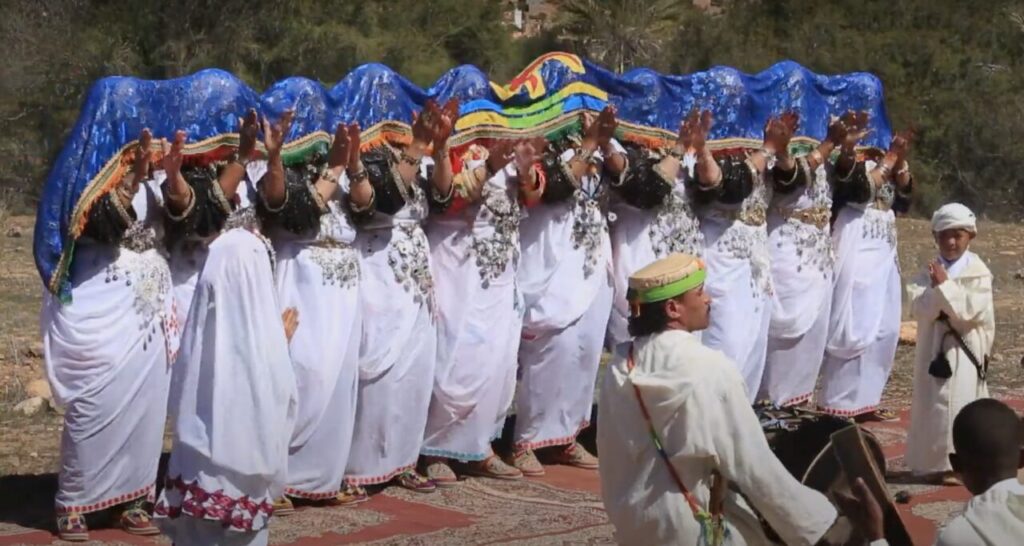
In the pink granite landscapes of Tafraoute, the rhythms of Rways poetry create an unforgettable cultural immersion. Local musicians, often dressed in embroidered white djellabas and turbans, perform in village squares and during seasonal festivals.
3. Agadir’s Timitar Festival
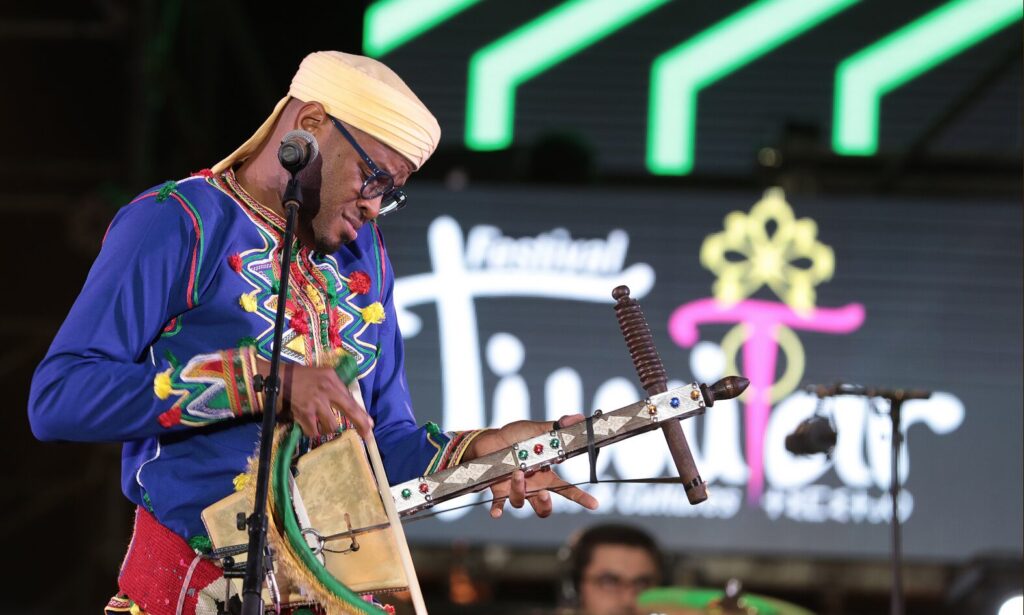
Held annually in the coastal city of Agadir, the Timitar Festival is dedicated to promoting Amazigh music alongside global sounds. International artists perform on big stages, but the soul of the event lies in traditional Amazigh ensembles from the mountains. It’s one of the few places where ancient music and modern celebration coexist beautifully.
Travel Tips and Cultural Insights
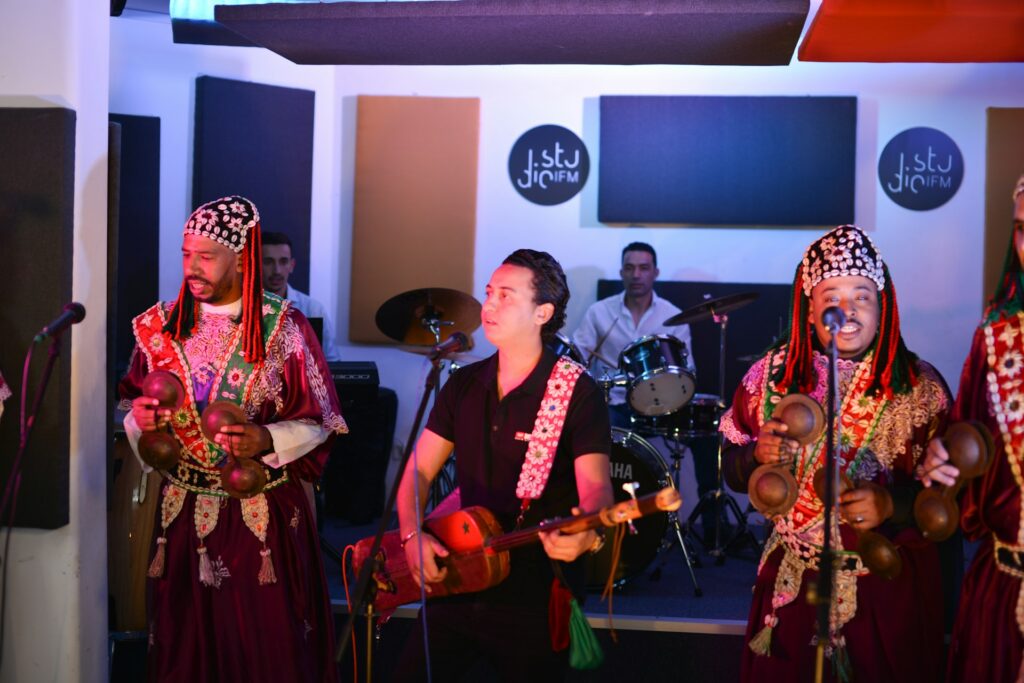
Respect and Participation
Amazigh music thrives in community settings. If you’re lucky enough to witness an Ahwash or Ahidous dance, don’t hesitate to join—locals will often invite respectful tourists to clap along or dance in the circle. Just remember: participation is about connection, not performance.
Learn a Few Words
Even learning basic phrases in Tamazight can be a bridge into more authentic experiences. Common greetings like “Azul” (hello) and “Tanemmirt” (thank you) show your interest in the culture and are always appreciated.
Hire Local Guides
If you’re heading into the mountains, hiring a local Amazigh guide offers deeper insights and can lead to opportunities to witness private or smaller musical gatherings not listed in tourist brochures.
A Soundtrack to Your Journey: Traveler Stories
Sarah from Canada – Dancing in the Atlas
“During my hike through the High Atlas near Imlil, our guide brought us to his village for dinner. After the meal, his family began an impromptu Ahidous performance. The entire village joined—children, elders, everyone. It wasn’t for tourists. It was for joy. I felt incredibly honored.”
Yannick from France – Discovering Rways in Tafraoute
“I stumbled upon a street performance in Tafraoute and was mesmerized by a solo performer with a ribab. His voice carried something ancient. A local explained the lyrics were poetry about freedom and land. I’ve never heard anything like it before or since.”
When to Go: Seasonal and Cultural Highlights
- Spring and Autumn are the best times to visit the mountains due to mild weather and frequent local festivals.
- The Imilchil Marriage Festival takes place around September, depending on the lunar calendar.
- The Timitar Festival in Agadir usually occurs in July, drawing thousands of visitors and performers.
These periods offer rich opportunities to experience Amazigh music: rhythms from the mountains in full vibrancy.
FAQ: All About Amazigh Music and Travel
What instruments are used in Amazigh music?
Amazigh music often features the bendir (a frame drum), the ribab (a single-stringed fiddle), and occasionally flutes or lutes. Percussion and chanting are key elements.
Is Amazigh music different from Arabic music?
Yes. While both exist in Morocco, Amazigh music is rooted in pre-Arab traditions, using different scales, instruments, and languages. It has its own identity, deeply tied to mountain and desert life.
Where can I buy Amazigh music?
In cities like Marrakech, Fez, or Agadir, local markets often sell CDs or USBs of traditional music. Streaming platforms are also starting to feature more Amazigh artists.
Can I join a music or dance event as a tourist?
Yes, especially during festivals or guided cultural tours. Locals are generally welcoming to respectful visitors who show genuine interest.
Do I need to speak Tamazight to enjoy the music?
Not at all. While the lyrics are in Tamazight, the rhythms, energy, and emotions of the music transcend language barriers.
Conclusion: Plan Your Rhythmic Escape
Morocco is a land of sensory wonders—from its golden deserts to its aromatic souks—but it’s in the mountains, among stone villages and echoing drumbeats, that you’ll discover a different heartbeat: the enduring spirit of Amazigh music.
If you’re looking for cultural depth, human connection, and musical memories that linger long after your trip ends, let Amazigh music: rhythms from the mountains guide your next journey.
– Ready to hear the mountains sing?
Explore more cultural travel tips, plan your Moroccan escape, and uncover experiences that go far beyond the guidebooks—only on skiesofmorocco.


